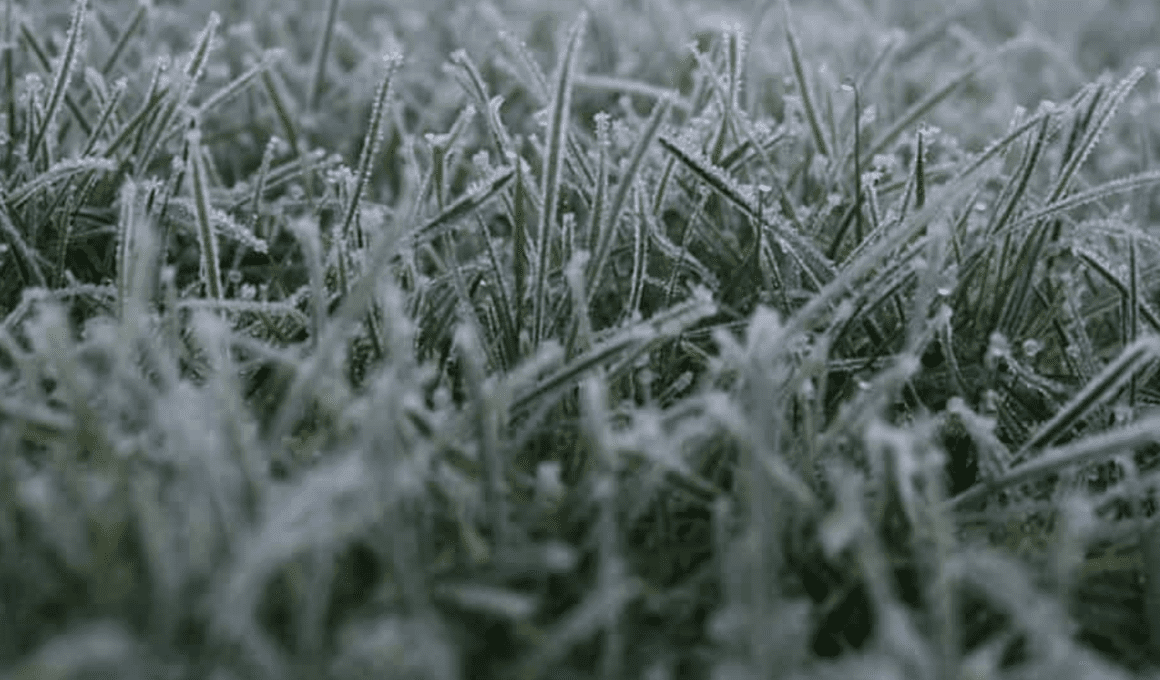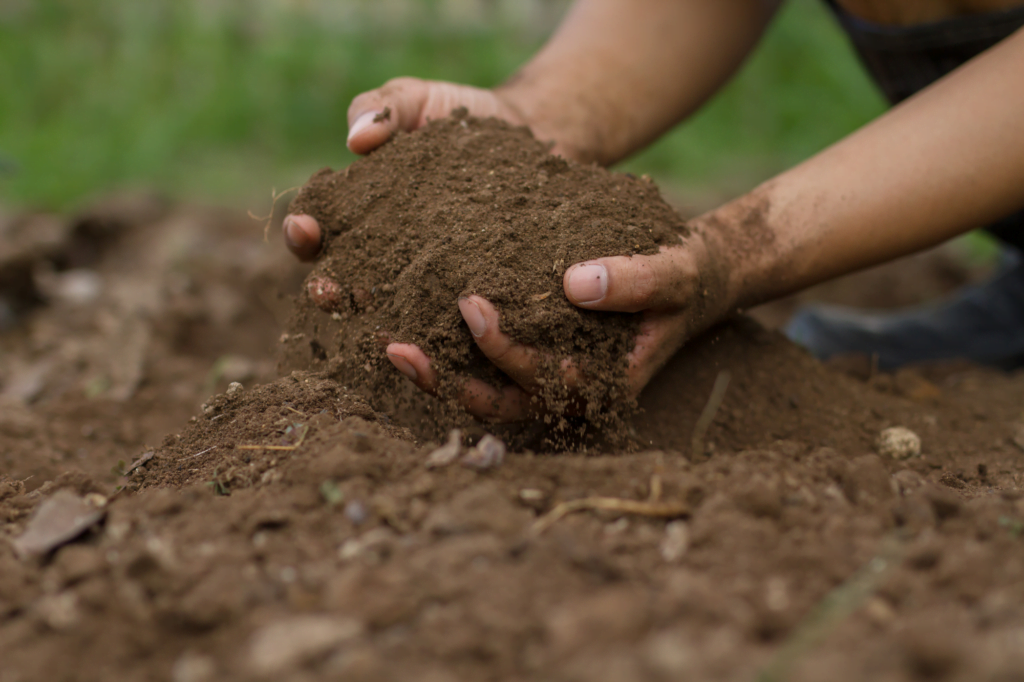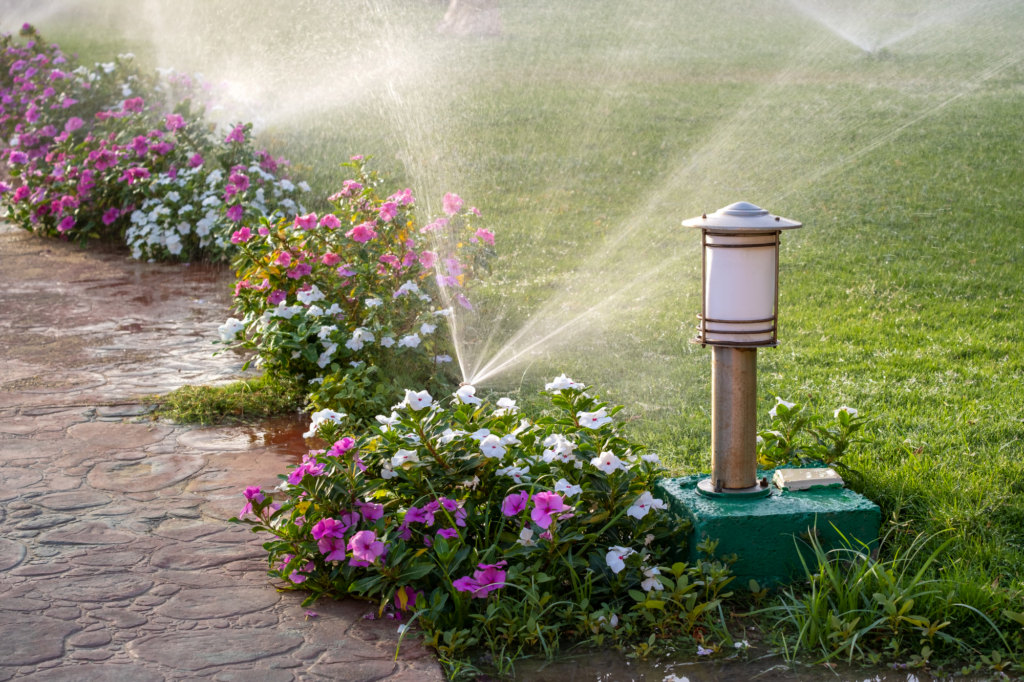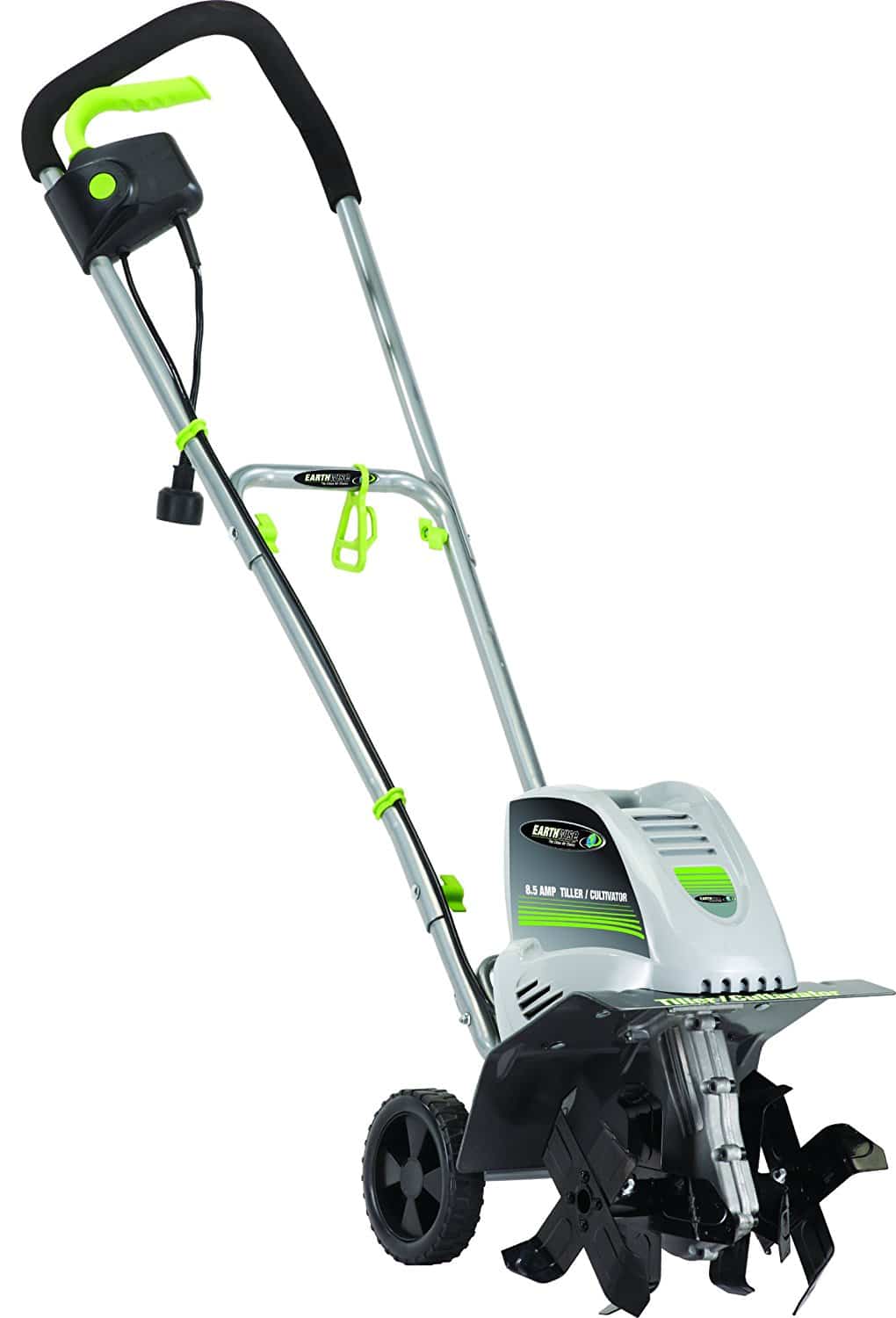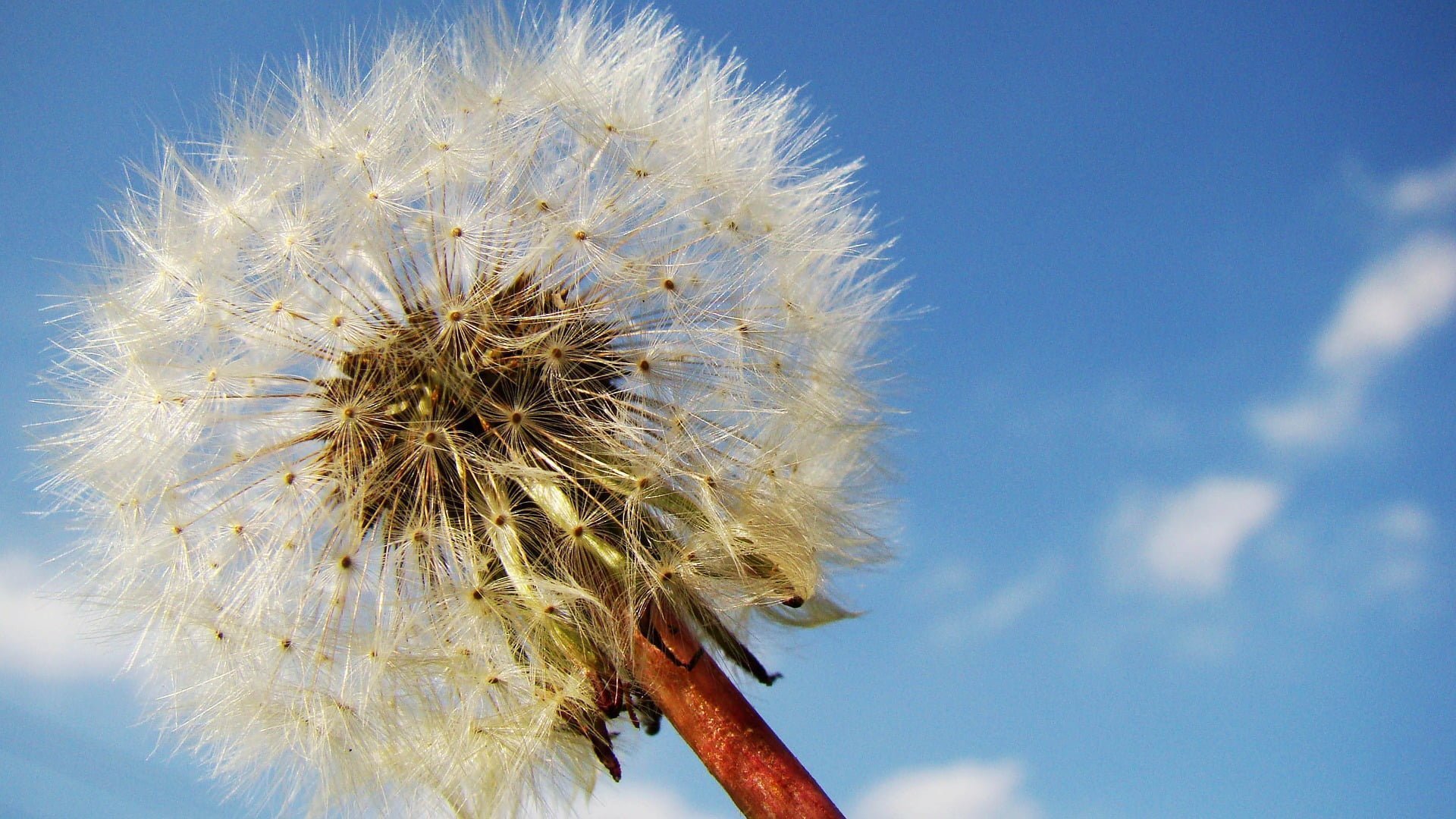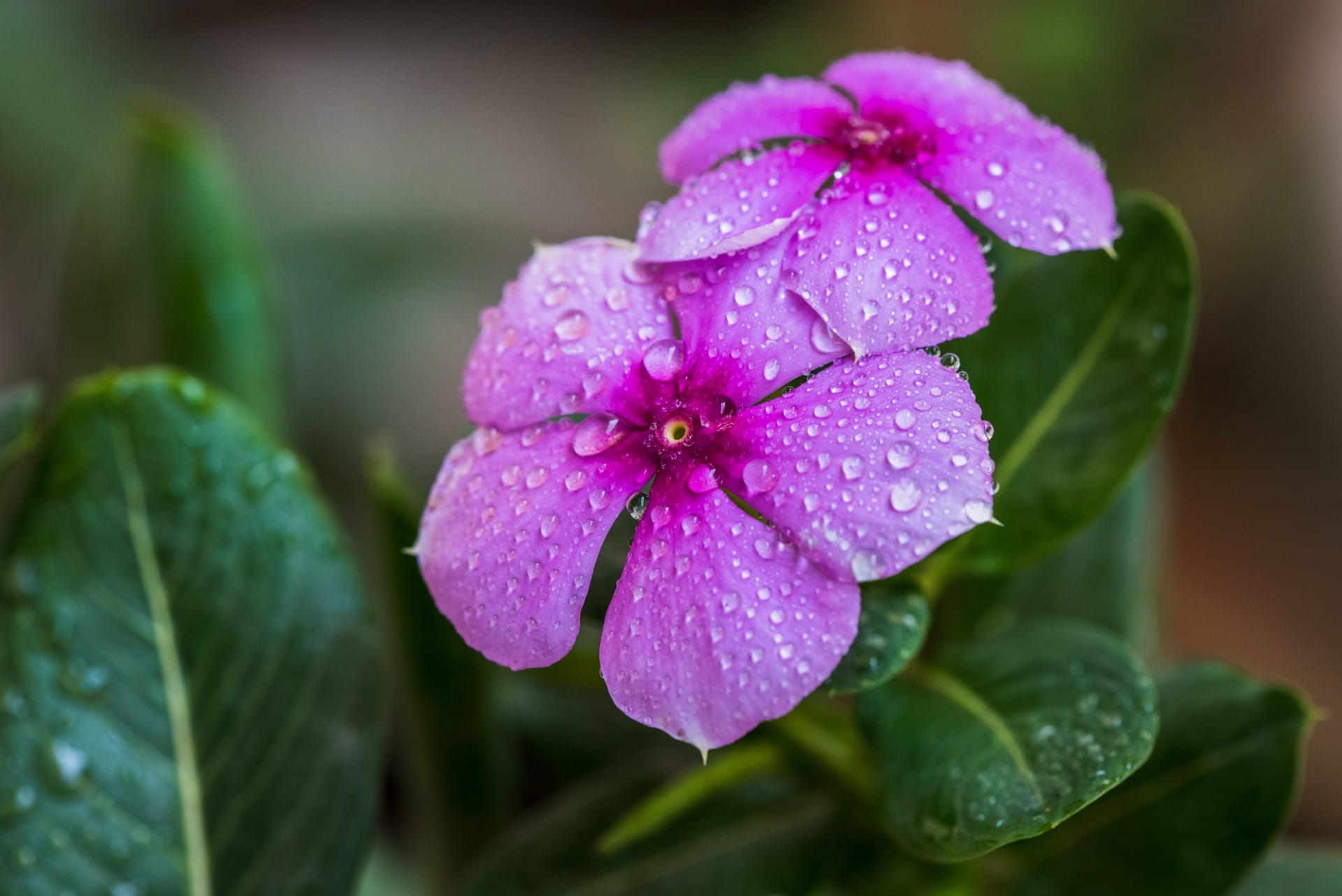Are you concerned about protecting your new grass from frost? Don’t worry, we’ve got you covered! When frost threatens to harm your delicate grass, it’s important to take the necessary precautions to keep it safe and healthy.
By following a few simple steps, you can ensure that your new grass stays protected and thrives even in chilly conditions. First and foremost, prepare the soil properly before planting to create a strong foundation for your grass.
Next, choose the right type of grass that is suitable for cold weather. Proper watering is crucial, so make sure to water your grass correctly to avoid frost damage.
Applying a layer of mulch and using frost blankets or sheets can provide additional insulation. Remember, avoid walking on the grass during frosty conditions to prevent further damage.
Lastly, keep an eye on the weather forecast and take necessary precautions accordingly. With these safety measures in place, your new grass will stay safe and flourish all season long.
Quick Summary
- Use frost blankets or sheets to protect new grass from frost.
- Consider using heaters or sprinklers to create a warm microclimate for the grass.
- Avoid walking on frost-covered grass to prevent damage.
- Proper soil preparation, including removing rocks and weeds, loosening the soil, and adding compost or organic matter, is important for establishing a strong foundation for new grass.
Prepare the Soil Properly Before Planting
Now that you’ve got your grass seeds ready, it’s time to get your soil prepped and primed for planting. Proper soil preparation is crucial in protecting new grass from frost and ensuring its healthy growth.
Start by removing any rocks, weeds, or debris from the area where you plan to plant the grass. This will create a clean and even surface for the seeds to take root.
Next, test your soil’s pH level to determine if any amendments are needed. Most grasses prefer a slightly acidic soil, with a pH level between 6 and 7. If your soil is too acidic, add lime to raise the pH, or if it’s too alkaline, add sulfur to lower it. This will create the ideal environment for your grass to thrive.
When selecting the type of grass, choose a variety that is known for its frost tolerance. Certain grasses, such as Kentucky bluegrass and fescue, are more resistant to frost and can better withstand cold temperatures. These varieties will provide added protection to your new grass during frosty conditions.
By properly preparing your soil and selecting the right grass variety, you can significantly enhance the chances of protecting your new grass from frost. Remember, a strong and healthy foundation is key to ensuring the safety and longevity of your lawn.
Choose the Right Type of Grass for Cold Weather
To ensure your lawn thrives in chilly temperatures, opt for a cold-hardy grass variety. Choosing the right type of grass for cold weather is crucial for protecting your new grass from frost.
Here are some key points to consider:
- Kentucky Bluegrass: This grass variety is well-known for its cold tolerance and ability to withstand harsh winter conditions. It has a deep root system which helps it survive freezing temperatures.
- Perennial Ryegrass: This grass type is also a good option for cold climates. It germinates quickly and establishes a lush green lawn that can withstand frost and cold temperatures.
- Fine Fescue: This grass variety is known for its excellent cold tolerance and ability to thrive in shady areas. It requires less maintenance than other grass types and is perfect for those looking for a low-maintenance winter lawn.
Grass maintenance and winter lawn care are essential for protecting your new grass from frost. It’s important to keep your lawn well-maintained by regularly mowing it at the appropriate height and avoiding overwatering. Additionally, consider applying a winter fertilizer to provide necessary nutrients to your grass during the colder months.
By choosing the right type of grass and practicing proper lawn care, you can ensure your new grass stays healthy and protected during the winter season.
Water Your Grass Properly
Make sure you’re giving your grass the right amount of water to keep it healthy and vibrant throughout the winter season. Proper watering techniques are essential for protecting new grass from frost.
It’s important to water your grass deeply and infrequently, allowing the water to penetrate the soil deeply. This encourages the grass roots to grow deeper, making them more resilient to cold temperatures.
To help you understand the proper watering requirements for your new grass, here is a helpful table:
| Watering Frequency | Amount of Water | Time of Day |
|---|---|---|
| Every 2-3 days | 1 inch | Morning |
| During warmer days | 1.5 inches | Afternoon |
| During colder days | 0.5 inches | Evening |
By following this watering schedule, you’ll ensure that your grass receives enough moisture without overwatering it. Overwatering can lead to shallow root growth and increase the risk of frost damage.
Before winter arrives, it’s also crucial to prepare your soil properly. Adequate soil preparation ensures that your grass has the necessary nutrients and drainage to withstand cold weather. Before planting new grass, make sure to remove any debris, rocks, or weeds. Loosen the soil and add compost or organic matter to improve its quality.
Remember, by implementing proper watering techniques and preparing your soil, you’ll give your new grass the best chance of surviving the winter and staying healthy.
Apply a Layer of Mulch
Adding a layer of mulch creates a protective barrier for your winter lawn, keeping it insulated and nourished throughout the season. Here are four reasons why using mulch is beneficial for protecting new grass from frost:
- Insulation: Mulch acts as an insulator, providing a buffer between the cold air and the grass roots. This helps to maintain a more stable temperature and prevents frost damage.
- Moisture retention: Mulch helps to retain moisture in the soil, which is crucial for the health of new grass. By preserving moisture, it ensures that the grass stays hydrated even during cold and dry winter conditions.
- Weed control: Applying mulch prevents weeds from growing and competing with the new grass for nutrients and water. This allows the grass to establish itself without any hindrances.
- Nutrient enrichment: As mulch breaks down over time, it enriches the soil with organic matter and nutrients. This promotes healthy grass growth and provides essential nourishment throughout the winter months.
While mulch is highly effective, there are some alternative options to consider, such as straw or pine needles. These alternatives also provide insulation and moisture retention, but may have different aesthetics or availability depending on your location.
Regardless of the option you choose, adding a layer of mulch or an alternative will greatly benefit your new grass by protecting it from frost and providing essential nourishment throughout the winter season.
Cover Your Grass with Frost Blankets or Sheets
Blankets or sheets draped over your lawn like a cozy winter quilt can shield your delicate green carpet from the icy embrace of winter. When the frosty weather sets in, it’s crucial to take extra precautions to protect your new grass.
One effective way to do this is by covering your grass with frost blankets or sheets. These protective layers act as a barrier, preventing the freezing temperatures from damaging the tender blades of grass.
To provide even more protection, you can consider using heaters strategically placed around your lawn. These heaters can help create a warm microclimate, keeping the temperature above freezing and preventing frost formation. However, be cautious when using heaters and ensure they are placed in a safe location to avoid any fire hazards.
Another option to protect your grass is by using sprinklers. Before the frost arrives, water your lawn thoroughly. The moisture will act as insulation, helping to keep the grass warm during freezing temperatures. Additionally, when water freezes, it releases a small amount of heat, which can further prevent frost damage.
Remember, when using heaters or sprinklers, always follow the manufacturer’s instructions and exercise caution. By taking these protective measures, you can ensure that your new grass stays healthy and vibrant despite the winter chill.
Avoid Walking on the Grass in Frosty Conditions
Walking on your lawn during frosty conditions may not be the best idea if you want to keep it healthy and vibrant. Frost can make the grass blades more brittle, and walking on them can cause damage that may take a while to recover. To help you protect your grass during frosty conditions, here are a few tips:
- Avoid using lawn equipment: When the grass is covered in frost, it’s best to avoid using any lawn equipment, such as mowers or trimmers. The weight of the equipment can put pressure on the grass blades and damage them. It’s better to wait until the frost has melted before using any machinery on your lawn.
- Protect grass with straw or hay: To provide an extra layer of insulation for your grass, you can cover it with straw or hay. These materials will help retain heat and protect the grass from the freezing temperatures. Simply spread a thin layer over the grass, making sure not to smother it completely.
By following these tips, you can ensure the safety and health of your grass during frosty conditions. Remember to avoid walking on the grass and to protect it with straw or hay. Your lawn will thank you for taking these precautions!
Remove the Coverings During the Day
To continue protecting your new grass from frost, it’s important to follow the right steps. As we discussed earlier, avoiding walking on the grass in frosty conditions is crucial.
Now, let’s move on to the next step: removing the coverings during the day.
During the night, using coverings like frost blankets or tarps can help shield your grass from the cold temperatures. However, it’s equally important to remove these coverings during the day. This allows sunlight and fresh air to reach the grass, promoting healthy growth and preventing moisture buildup that could lead to diseases.
When the morning arrives and the temperature rises above freezing, take the time to carefully remove the coverings. Start by gently lifting the edges and gradually uncovering the grass. Be cautious not to disturb the delicate blades or cause any damage. By removing the coverings, you’re allowing the grass to breathe and receive the necessary nutrients for its growth.
Remember, protecting your grass from frost requires consistent care and attention. So, make sure to remove the coverings during the day to safeguard and nurture your new grass.
Monitor the Weather Forecast and Take Precautions
Keep an eye on the weather forecast and be prepared for any potential frosty conditions. Protecting your new grass from frost is crucial to ensure its survival and growth.
To shield your grass from the freezing temperatures, it’s essential to use protective barriers and employ frost prevention techniques. One effective method is to place protective barriers, such as frost blankets or straw, over your newly seeded or sodded grass. These barriers act as a shield against the cold air, preventing frost from forming on the blades and damaging your grass. Remember to remove these coverings during the day to allow sunlight and air circulation, as excessive moisture can also harm your grass.
Additionally, employing frost prevention techniques can further safeguard your new grass. Watering your lawn in the late afternoon or early evening can help insulate the soil and protect the grass from freezing temperatures overnight. This technique creates a thin layer of ice that acts as a barrier against the cold air, preserving the warmth of the soil beneath.
By staying informed about the weather forecast and taking these precautions, you can protect your new grass from frost and promote its healthy growth. Ensure the safety and longevity of your lawn by implementing these measures to combat harsh winter conditions.
Frequently Asked Questions
What are the benefits of preparing the soil properly before planting new grass?
Properly preparing the soil before planting new grass has several benefits. It improves root development, nutrient absorption, and water retention, leading to healthier and more resilient grass. This is important for a safe and thriving lawn.
How do I choose the right type of grass for cold weather?
To choose the right type of grass for cold weather, consider factors such as cold resistant grass varieties, durability, and adaptability to your specific climate. These factors will ensure a safe and resilient lawn in cold climates.
What are the consequences of overwatering or underwatering new grass?
Overwatering or underwatering new grass can have negative consequences on its growth and make it more susceptible to disease. It’s important to find the right balance to ensure the safety and health of your grass.
Can I use any type of mulch when applying a layer to protect new grass from frost?
To protect your new grass from frost, choose the right mulch type. Avoid common mistakes like using too much mulch or using materials that can harm the grass. Choose a mulch that provides insulation and retains heat.
How often should I remove the coverings from the grass during the day?
To properly water new grass, it’s important to remove the coverings during the day. This allows sunlight and fresh air to reach the grass, promoting healthy growth. Best practices for covering new grass at night include using a frost blanket or straw.
Conclusion
In conclusion, protecting your new grass from frost is essential for its survival and growth. By following these tips, you can ensure the health of your grass during cold weather:
- Prepare the soil properly.
- Choose the right grass type.
- Water adequately.
- Apply mulch.
- Use frost blankets.
Additionally, be mindful of the weather forecast and take necessary precautions to help protect your grass from potential damage. Remember, a little extra care goes a long way in preserving the beauty of your lawn.





